
Smarter email, faster business.
Trending
Willis Lease Finance: A Strategic Play in Aviation Leasing Amid Near-Term Volatility
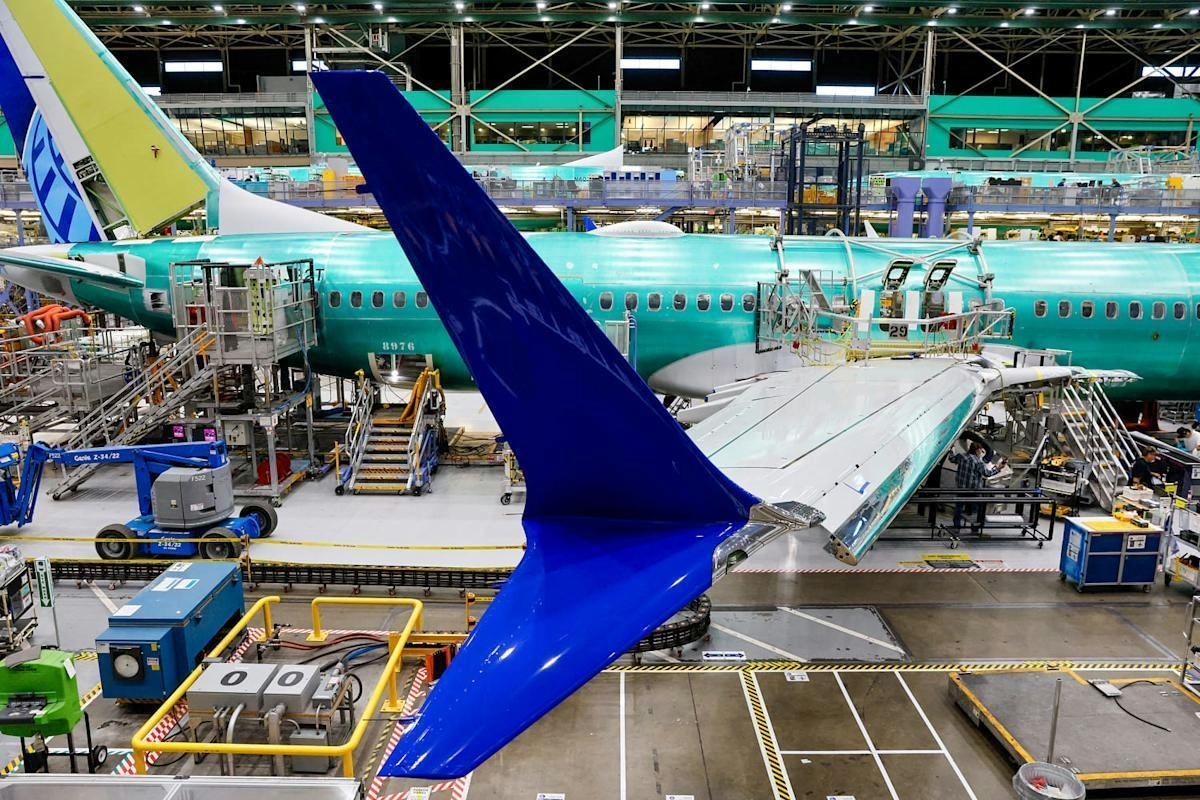
Willis Lease Finance: A Strategic Play in Aviation Leasing Amid Near-Term Volatility
Willis Lease Finance (WLFC) has experienced a recent decline in its stock price, driven by a quarterly earnings shortfall and insider share sales. Despite this near-term volatility, the company’s robust financial foundation, steady dividend policy, and strategic emphasis on sustainable aviation fuel (SAF) and engine shortages offer a compelling case for long-term investors. Positioned within a consolidating and increasingly competitive aviation leasing industry, WLFC’s approach reflects both resilience and forward-looking adaptability.
Financial Strength and Dividend Stability
WLFC’s financial profile remains solid, underpinned by disciplined capital management. As of March 2025, the company reported total debt of $2.2 billion, with an improved leverage ratio of 3.31 times compared to 3.48 times at the end of 2024. Its asset portfolio, valued at $2.82 billion and comprising engines, aircraft, and marine equipment, demonstrates a careful allocation strategy. Despite rising interest expenses, WLFC generated $41 million in operating cash flow during the first quarter of 2025, highlighting its liquidity resilience.
The company has maintained a consistent quarterly dividend of $0.25 per share since late 2023, marking four consecutive payments. This steadiness contrasts with dividend reductions seen among peers amid broader macroeconomic challenges. With a forward yield near 2.8% as of June 2025, WLFC’s dividend provides a reliable income stream while supporting its growth ambitions.
Strategic Growth Initiatives
WLFC’s commitment to sustainability is evident in its investment in SAF initiatives, reflected by an $11.4 million consulting expense in the first quarter of 2025. While these expenditures have exerted short-term pressure on margins, they align with regulatory and industry trends toward greener aviation operations, positioning the company for long-term relevance in a sector transitioning to lower emissions.
The company is also capitalizing on the growing demand for engine leasing amid widespread shortages. Portfolio utilization reached 86.4% in Q1 2025, supported by the recent acquisition of 30 CFM LEAP engines and the establishment of a joint venture for an engine test facility in Florida. These moves enhance WLFC’s capacity to meet airline demand for leased engines, which is rising as carriers seek to manage escalating costs.
Further strengthening its market position, WLFC has developed vertically integrated services through partnerships such as the one with Air India Express. By combining maintenance and repair offerings with leasing, the company reduces airlines’ total cost of ownership and generates recurring revenue streams, reinforcing its competitive advantage.
Industry Challenges and Near-Term Concerns
The aviation leasing sector faces significant liquidity demands, with projections estimating $20 billion will be required for new-generation engine leasing by 2033. In response, WLFC has taken steps to optimize its capital structure, including a $596 million note issuance and the divestiture of its UK consultancy arm to concentrate on core growth areas. The competitive environment is intensifying, with new entrants like Archer Aviation raising substantial capital and established players such as Austrian Airlines exploring wet-lease expansions amid aircraft delivery delays.
WLFC’s first-quarter 2025 earnings per share of $2.21 fell short of the $3.90 consensus estimate, primarily due to one-time SAF-related expenses and increased interest costs. Nevertheless, revenue surged 33% year-over-year to $157.7 million, driven in part by a remarkable 455% increase in spare parts sales, signaling strong underlying demand. Management has emphasized that these elevated costs are strategic investments rather than recurring operational expenses.
Recent insider sales of WLFC shares appear to be personal portfolio decisions, with the CEO and board members retaining significant holdings, thereby maintaining alignment with shareholder interests.
Valuation and Market Positioning
Currently trading at a price-to-earnings ratio of approximately 8.4 times—below its five-year average of 12 times—and a price-to-book ratio of 1.2 times, WLFC appears undervalued relative to historical norms. While short-term volatility remains a factor, the company’s structural strengths and strategic initiatives position it to benefit from ongoing consolidation and evolution within the aviation leasing market.

How Student Partnerships Fuel Aerospace Innovation

Qantas Cyberattack Underscores Supply Chain Security Risks
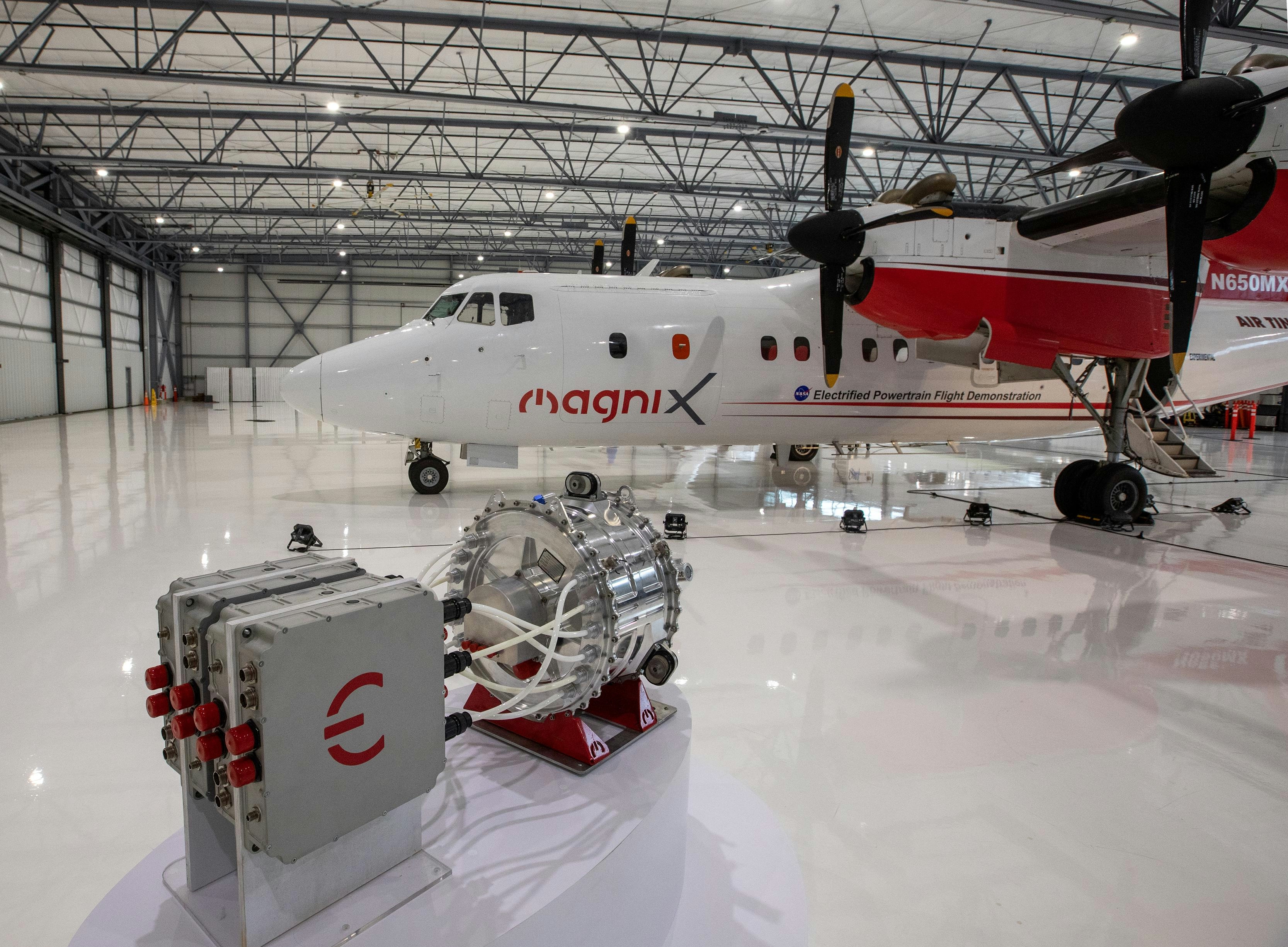
MagniX Advances NASA Partnership to Electrify Aviation Amid Budget Challenges
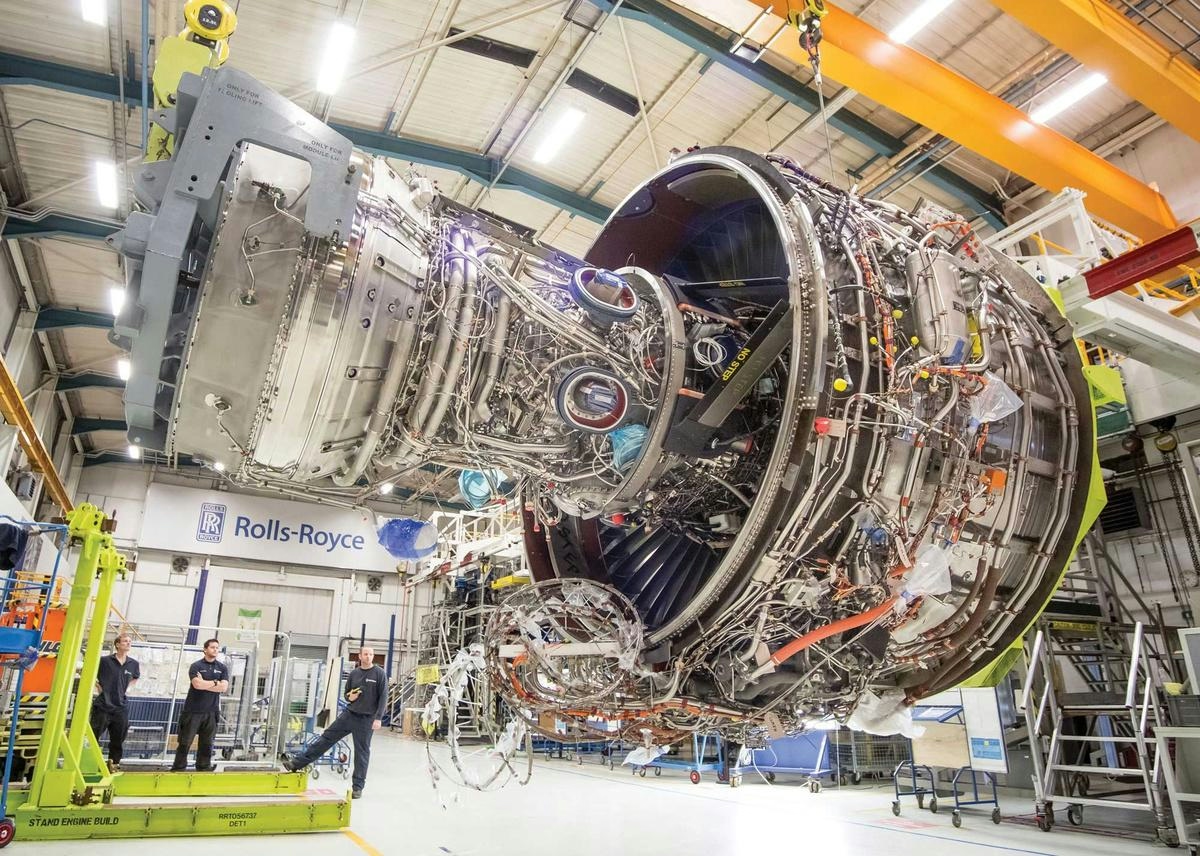
Comparing the Power of Rolls-Royce Trent XWB and Trent 1000 Engines

Dubai Airshow 2025 Reveals Main Agenda and Activities
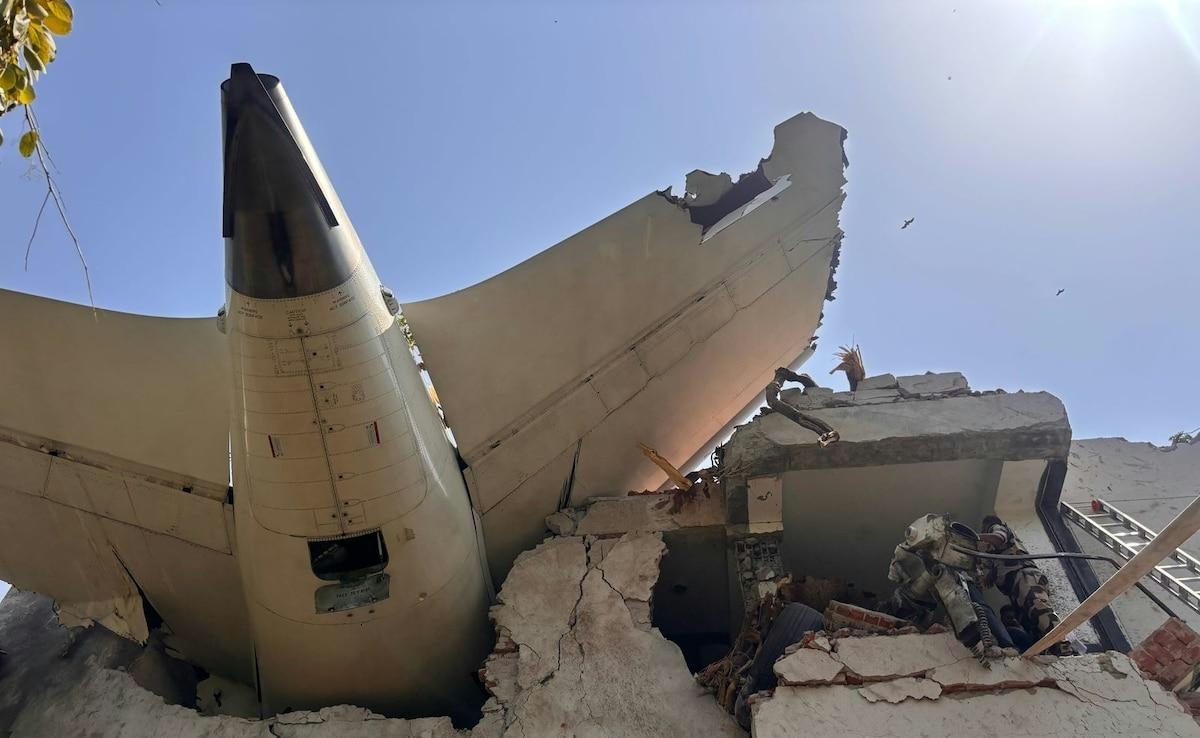
AI-Generated Content Spreads Misinformation After Air India Crash
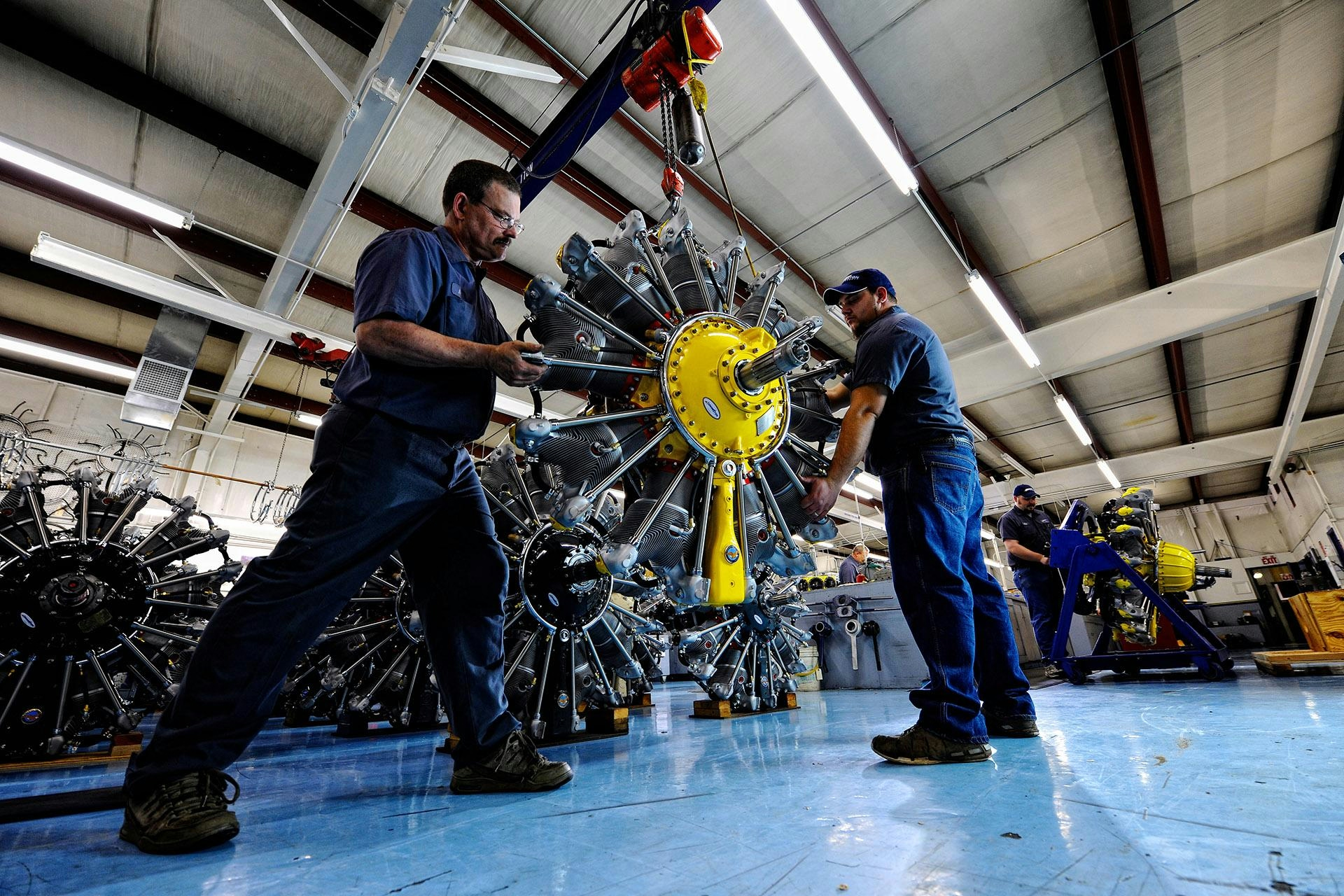
Covington Aircraft Engines to End Radial Engine Production in 2025

Yingling Aviation Named Authorized Honeywell Dealer

Does Joby Aviation's Milestone in Dubai Point Toward Further Growth?
